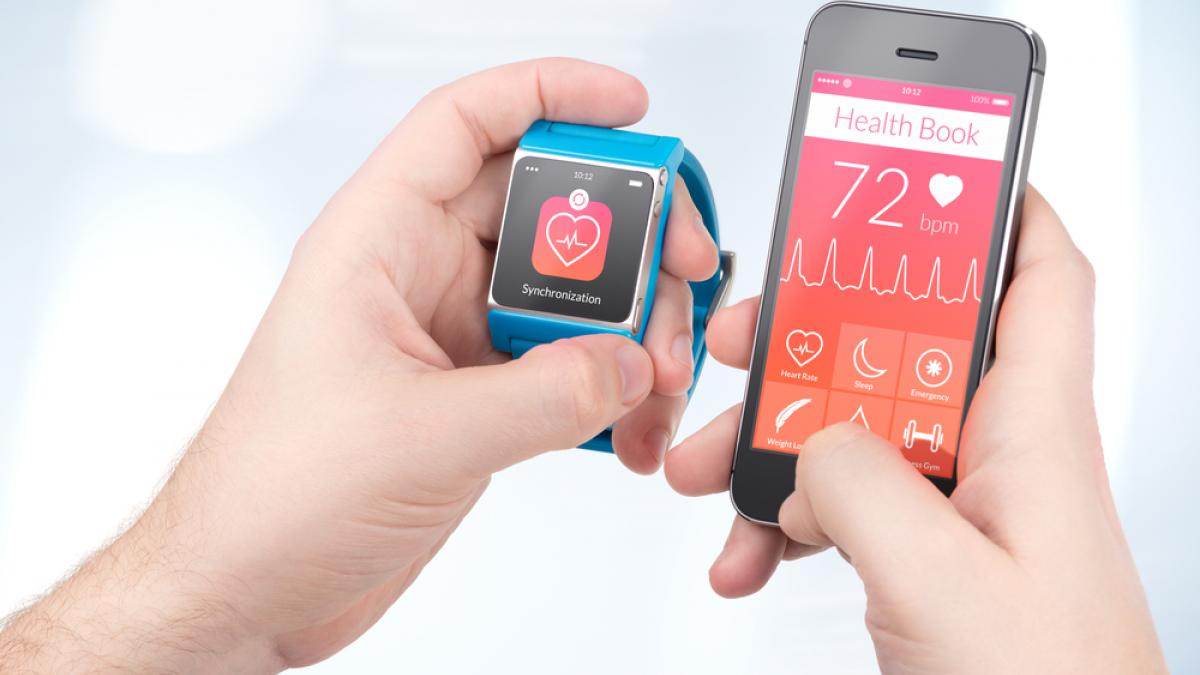‘Person-held records’ may go by different names but their aim is always to empower patients

What is a person-held record?
The definition of a person-held record (PHR) will differ depending on who you talk to. Indeed there is no clear consensus about what ‘PHR’ stands for. While some opt for ‘person-held record’, NHS Digital favours ‘personal health record’ and some organisations prefer ‘patient-held record’.
At its most basic, a PHR is a portal that provides people with access to parts of their medical record, such as test results, and relevant advice and guidance. An example of this is the NHS app.
But other platforms provide far more integrated and sophisticated functionality. The most advanced PHRs offer patients the opportunity to:
- Consult with medical professionals via messaging or Skype calls.
- View information and advice tailored to their needs.
- Upload biometric data from wearable devices.
- Share records with their chosen healthcare professionals.
- Track symptoms and refer to individual care plans.
- Interact with NHS systems to book, amend or cancel appointments.
All of this should be accessible on patients’ smartphones, tablets or desktop computers. This way, the application is available whenever it is required.
PHRs should ideally be developed across health and care systems – sustainability and transformation programmes (STPs) and integrated care systems (ICSs) – rather than by a single organisation or service. This avoids the need for patients having to interact with more than one interface if they access multiple services – for example, health, social care, voluntary or charitable organisations and social enterprises delivering health-related care.
However, without a cohesive plan in the wider system, we know that individual services may develop their own PHR locally in response to patient need (see examples below).
Why are person-held records important?
The NHS Five Year Forward view aims to support people to shape their own healthcare, make informed choices, manage conditions and avoid complications. Evidence shows that a higher level of activation leads to better outcomes, improved experience of care, and fewer episodes of emergency and unscheduled healthcare. This leads indirectly to lower future costs to the health and care system. PHRs may be one way to achieve this.
Information to empower patients includes not only details of their condition but also the outcomes of any appointments or investigations and options to help them stay well or manage their illness. If we want patients to be able to participate confidently in shared decision-making, then access to, and understanding of, their health and care records is essential.
Challenges around person-held records
Access to GP records has been embedded in GP contracts since 2019, and PHRs are also a key component in the development of Local Health and Care Record Exemplar (LHCRE) programmes. But this presents challenges, some of which are outlined in this BMJ Open article.
There is also a need to be mindful that inequalities in the ability to access health and care services may actually be exacerbated by the progression of digital health. Involving patients when redesigning services and systems will be crucial to avoid discriminating against vulnerable groups and widening inequalities.
Examples of PHR
- In primary care, Dr Amir Hannan of Haughton Thornley Medical Centres (HTMC) in Hyde, Greater Manchester, has been pioneering records access and understanding for his patients for many years. The video on the HTMC website shows the importance of responsible record-sharing; and HTMC also publishes the current uptake of full-records access with links to more information.
- The Severn Major Trauma Network instigated use of a PHR as part of a Health Foundation-funded project to support patients after discharge from the major trauma centre. Further information can be found in the final project report and on the project’s web pages.
What should I do next?
- Think about patient groups you work with that may benefit from using a PHR. Try to articulate what that would look like. How would it help the cohort you have identified and those caring for them?
- Connect with your STP or ICS digital leads to learn what might be happening in your area around record-sharing and PHR development.
- For more technical and strategic detail, see the NHS Digital Personal Health Records adoption toolkit, which explains the direction of travel of PHRs, their benefits and how they relate to other initiatives.
Authors:
- Claire Worgan
- Annie Morse
- Linda Vernon
Edited by Daniel Allen